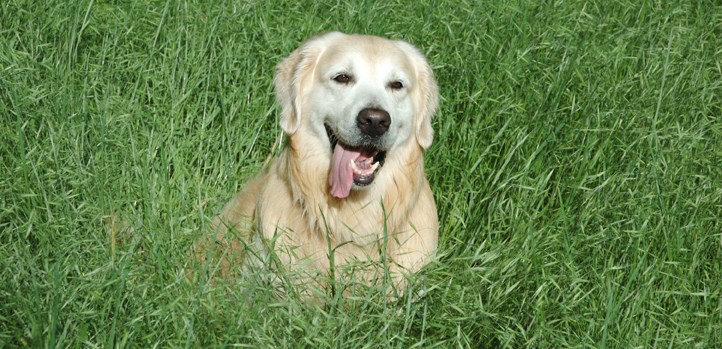Over the last few weeks I have been discussing the steps involved in taking responsibility for your dog while training it for off-leash freedom when it is appropriate.
I have been teaching responsibility when choosing to allow a dog off leash instead of advocating off-leash freedom for all. I will continue with training advice to have a reliable dog off leash and be a responsible dog owner while hiking on designated off-leash trails with your dog.
Making the choice to allow a dog off leash depends not only on the local bylaws but also the personal responsibility of the owner to ensure that the dog is reliable enough that it will not negatively impact the enjoyment of other trail or park users.
A reliable off-leash dog comes from diligent training rather than a particular age or breed of dog. The training steps I have offered over the last few weeks are just a few training scenarios to keep your dog involved with you and focused on you while walking on trails or through parks. This week I’ll start to put the pieces of the training puzzle together to improve not only the reliability and focus of a dog while on a hike but also the responsibility of the dog owner.
Having built a solid training foundation by teaching and utilizing basic obedience commands such as sit/stay, down/stay, wait, heel and recall (come) to your dog, and having practised these commands both on and off leash, it is now time to implement them along a trail hike. I like to start all of my off-leash training hikes on-leash with the idea of teaching proper trail etiquette to dogs.
When I approach a trail with a dog, I don’t let them run amuck off leash but rather I walk them for a period of time on-leash. This helps keep their minds focused on me and curbs the enthusiasm a dog can get when it is let off leash. Teaching a dog focus and self-control from the start of the walk sets the tone for the remainder of the walk.
When I see that the dogs are focused, calm and respectful on-leash I ask them to sit/stay while I unclip their leashes. From the sit/stay position they are asked to go into heel, which means to walk at my side and stay focused. When I see that they are doing this to my liking I calmly issue their “break” command while in heel, which they know means they are now free to walk ahead of me. I try not to make a big deal of their freedom to minimize over-enthusiasm, which can lead to a loss of focus. Every time the dogs get close to the 15-foot distance, I recall them and praise them. Having a really great food reward will do wonders at reinforcing the recall command.
When I see someone approaching with or without a dog, I recall the dogs, leash them and ask them to heel as we walk by the person. This lets the approaching person know that I am in control of the dog and there is nothing to fear, and if they have a dog I hope it encourages them to call and leash their dog to prevent an unwanted altercation.
Whenever I see a person on a bike, I call the dogs, leash them and ask them to sit/stay at the side of the trail to prevent the potential injury to the dog and/or the biker if the dog darts in front of the biker or the biker loses balance near the dogs. These things can happen and it is safer to teach a dog respectful bike/trail manners than deal with an unfortunate situation.
Whenever I come to a bend in the trail where I cannot see farther than 15 feet I call the dogs. This prevents an unwanted surprise to anyone around the blind side of the trail. From time to time along the hike, I leash the dogs to reinforce their focus and remind them that walking off leash is a privilege that they have to earn. By implementing these off-leash training drills you are practising respectful trail etiquette and setting a good example for other dog owners to follow.



